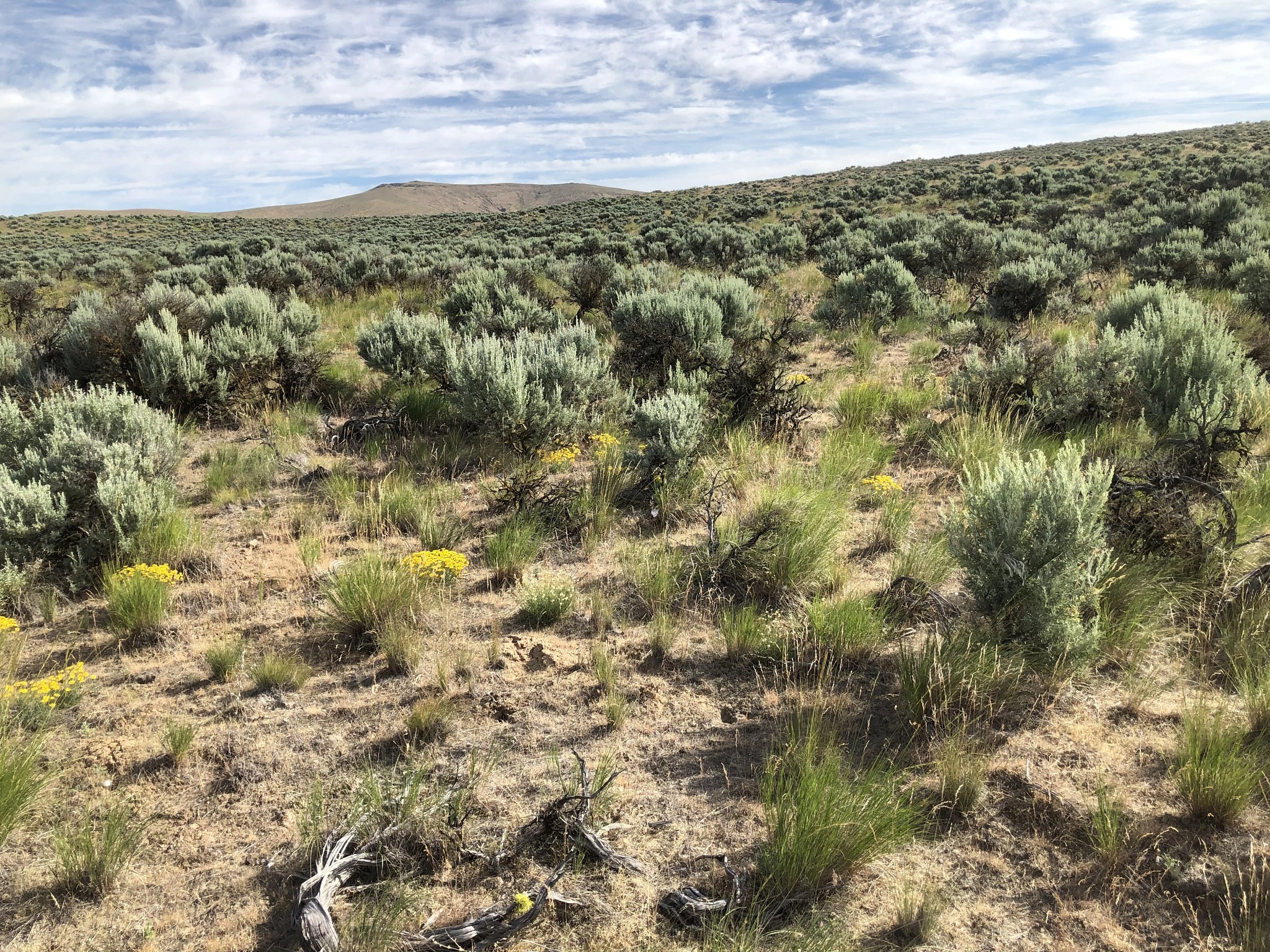The term “Whiskey Dick” might initially grab your attention, but in this context, it refers to a geographical area in Washington State. The Whiskey Dick Unit is a part of the L.T. Murray Wildlife Area, offering diverse recreational opportunities and crucial habitat for various species. This article will delve into the details of the Whiskey Dick Unit, its location, features, and the conservation efforts in place.
The areas of the Quilomene and Whiskey Dick Units are closed to motorized use from Feb. 1 to May 1.
Location and Landscape
The Whiskey Dick Unit is situated approximately 15 miles east of Ellensburg in Kittitas County, Washington. The landscape is characterized by steep, rocky slopes, rolling ridges, and canyons, predominantly covered by shrubsteppe habitat. The unit is bordered by the Quilomene Unit, the Wild Horse Wind Farm, the Columbia River, and Ginkgo State Park. The Wild Horse Wind Farm, owned and managed by Puget Sound Energy, is adjacent to the boundary of the Whiskey Dick Unit, spanning from Quilomene Ridge Road south to Vantage Highway.
 Shrubsteppe habitat in the Whiskey Dick Unit
Shrubsteppe habitat in the Whiskey Dick Unit
Recreation and Public Access
A Discover Pass is required for accessing WDFW lands, including the Whiskey Dick Unit. Visitors are encouraged to recreate responsibly and adhere to the Public Conduct Rules.
Access Advisories:
- A motorized closure is in effect from Feb. 1 through April 30 to protect wintering elk. The closure extends from the Vantage Hwy north up to the Quilomene Ridge Road (Jackknife Ridge road and east to the river is open to motorized vehicles year-round), west to the Wild Horse Wind Project.
- Motorized vehicles must stay on designated Green Dot roads. All other roads not marked with a green dot are not open to motorized vehicles.
- Visitors are asked to avoid driving on roads when soft and wet.
- Vehicle camping is prohibited beyond 100 feet of open roads.
- Permanent camps or structures are not permitted. All man-made materials must be removed.
- No campfires allowed from April 15 through Oct. 15.
The Whiskey Dick Unit participates in the Green Dot system, restricting motorized vehicle use to marked roads. Reader boards with information and maps are available at entry points. Public facilities are limited to reader boards; there are no developed parking areas or restrooms.
Hunting and Fishing
The Whiskey Dick Unit provides significant hunting opportunities for big game and upland birds, including chukar, California quail, turkey, mourning dove, partridge, forest grouse, and ring-necked pheasant. The unit also contains numerous fish-bearing streams that host both resident and anadromous fish stocks, offering fishing opportunities.
Wildlife Viewing
The diverse habitats within the Whiskey Dick Unit, including shrubsteppe, sagebrush, bitterbrush mixed with bunchgrasses, streams, springs, and riparian areas, support a wide variety of wildlife. Visitors may encounter deer, elk, bighorn sheep, small mammals, Greater sage grouse, quail, wild turkey, neo-tropical/upland birds, raptors, and reptiles. Birding enthusiasts can explore potential opportunities using eBird Northwest, a citizen science database.
Wildlife Viewing Advisories:
- Greater sage grouse (state-listed threatened species) are sensitive to human disturbance. Do not flush or otherwise disturb these birds.
Conservation Efforts
The Whiskey Dick Unit’s vegetation primarily consists of shrubsteppe, sagebrush, and bitterbrush mixed with bunchgrasses. Streams and springs create narrow bands of riparian habitat, supporting productive ecological communities.
Special Habitats and Species: Two rare plant species, Hoover’s tauschia and a Pediocactus species, are found on the wildlife area unit. It also contains the largest core habitat for striped whipsnake.
Conservation Goals:
- Improve and maintain fish populations
- Maintain or improve conditions for priority species and habitats
- Protect and restore native plant communities
- Protect critical elk winter range and upland game bird habitat
- Preserve habitat and species diversity of fish and wildlife resources
Land Stewardship
The parcels that make up the Whiskey Dick Unit were purchased between 1966 and 2011. Funding was provided by various sources, including the US Fish and Wildlife Service, US National Park Service, WA Dept of Fish and Wildlife, and WA Recreation and Conservation Office. The planning process for the new management plan for the L.T. Murray Wildlife Area has begun, with materials available online for public input.
Conclusion
The Whiskey Dick Unit, despite its unusual name, is a valuable component of the L.T. Murray Wildlife Area, providing recreational opportunities, crucial habitat for diverse species, and a landscape of unique beauty. By understanding the area’s features, regulations, and conservation efforts, visitors can appreciate and contribute to the preservation of this important natural resource. Responsible recreation and adherence to guidelines are essential for ensuring the long-term health and sustainability of the Whiskey Dick Unit.
